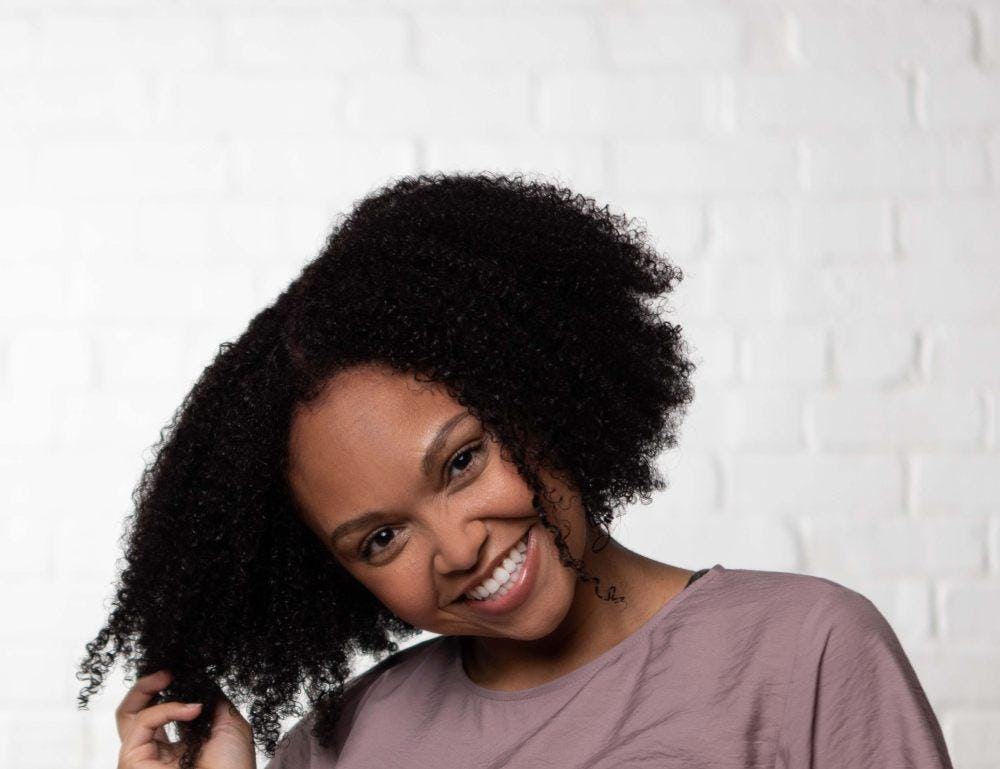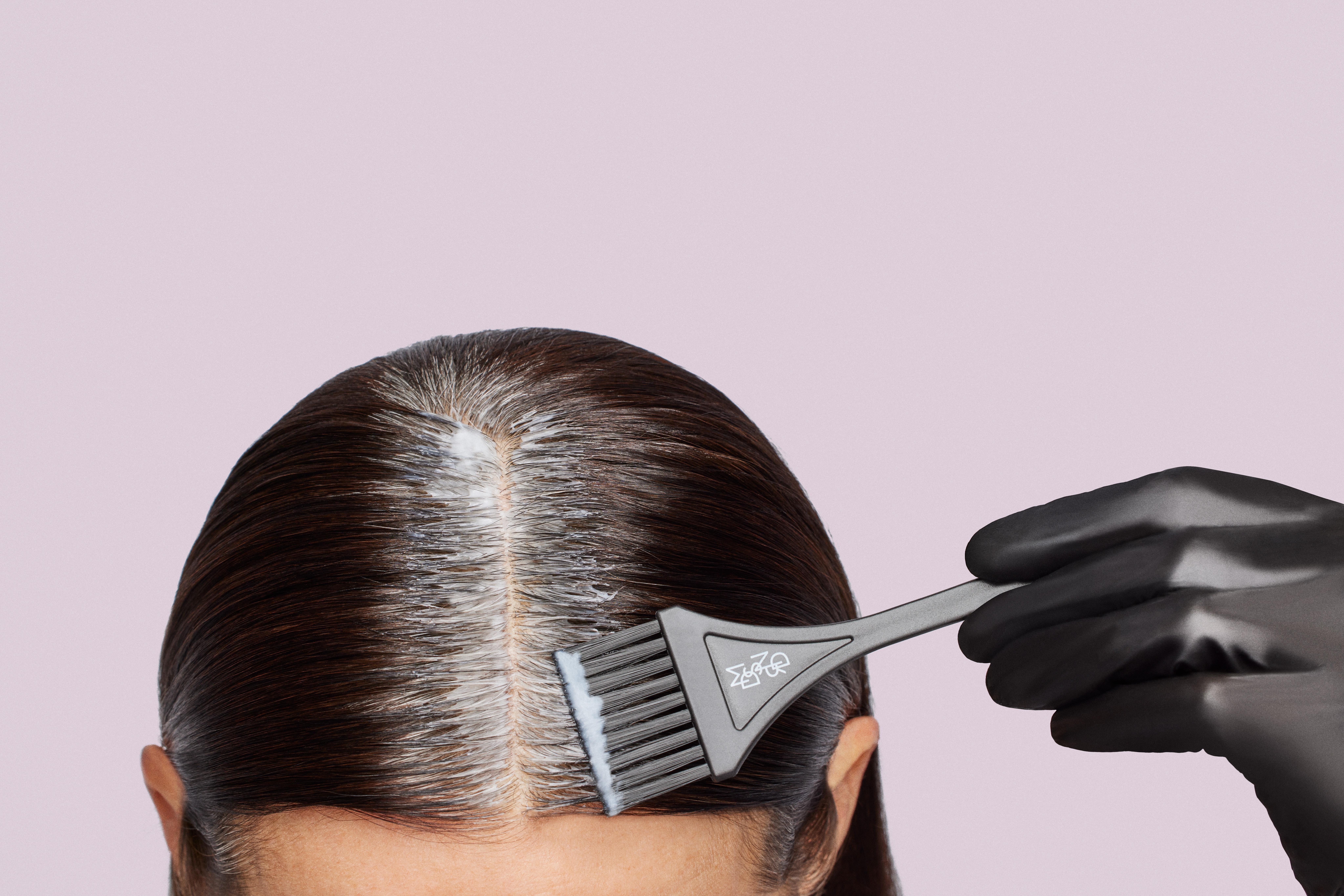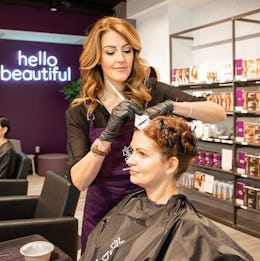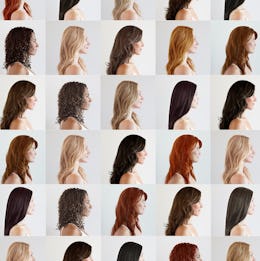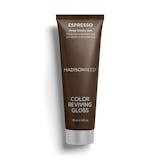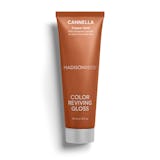We get it—keeping your colored hair looking fresh can feel like a full-time job. Well, here at Madison Reed, we have a few tips and tricks that can make coloring your already-colored hair at home just that little bit easier. Whether you’re touching up your roots, making your hair darker, or perhaps going a completely new shade—these tips will get you coloring at home just like a professional colorist!
1. You don't need to color all your hair every time
We already mentioned how different parts of your hair absorb hair color at a different rate due to the porosity of the hair. When there’s existing dye in your hair, applying hair color repeatedly leads to buildup on the lower portion of your hair. This can result in a darker shade at the ends than roots—which may not be the best look! Instead of coloring your whole head of hair every time, just touch up your new growth with either Root Perfectionor the Madison Reed Permanent Hair Color. While either of those dyes are working their magic on your roots, we recommend applying The Madison Reed Semi Permanent Color Reviving Gloss to your mid-lengths and ends to freshen them up and keep them looking fabulous.
2. Timing is everything
When it comes to cohesive hair color, timing really is everything. Think of your hair as three distinct sections—roots, mid-lengths, and ends. Hair color is meant to be on these sections at different times.
Roots: Often, this is where we start when applying hair color—whether you’re covering grays or changing to a completely new shade. The roots are your newest, freshest hair so it takes a bit more time for the color to perform when coloring hair roots.
Mid-lengths: This hair is a little more porous. It has been exposed to natural and unnatural elements such as sun exposure, previous coloring, highlighting, and heat styling—which means the hair shaft is a bit more open than your roots and receives hair color more easily.
Ends: The most porous of our hair, the ends, have been through the most. They accept color very easily and don't need as much time to process as your roots.
So, should I dye my roots first or last? It’s always a good idea to give your roots the most time to absorb color—say about a 20-minute head start from the rest of your hair. After that, you can gently comb the hair color down your hair, adding more color to your mid-lengths and then finally to the ends.
